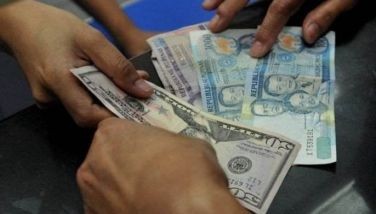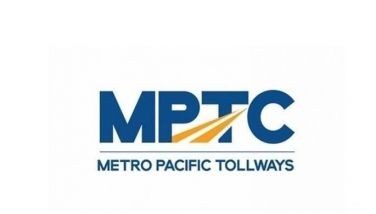News Analysis: Philippines cites surge in FDI inflows and exports in 2014
MANILA, Philippines (Xinhua) - While statistics for the whole of 2014 are still being compiled, the Bangko Sentral ng Pilipinas (BSP), the country's central bank, said on Wednesday that foreign direct investments (FDI) inflow into the Philippines rose significantly during the 11-month period of last year.
In a statement, the BSP said that on a year-to-date basis, net FDI inflows from January to November 2014 amounted to $5.7 billion, or an increase of 61.6 percent from its year-ago level of $3.5 billion.
"This reflected investors' confidence in the Philippine economy on the back of sound macroeconomic fundamentals and strong growth prospects," the BSP said.
The 11-month FDI is already more than double the annual average in the last four years of $2.22 billion. It is also already more than that recorded for any single year in the country 's history.
The FDIs are used to finance construction of new facilities, especially in manufacturing, or for the expansion of existing foreign business operations in the Philippines. They are long-term and job-generating.
On the other hand, foreign portfolio investments, commonly called "hot money," are less dependable sources of capital since they are usually invested in stocks and bonds and can be withdrawn anytime.
Thus the FDI is a more reliable barometer of the confidence of foreign investors in the economy of a certain country.
The BSP said that for the 11-month period, net equity capital investments surged by 114.8 percent to $1.6 billion from $723 million, mainly on account of the contraction in equity capital withdrawals (by 71 percent) which more than offset the 15.6 percent decline in equity capital placements.
Equity capital investments, which came mostly from the United States, China's Hong Kong, Singapore, Japan and Australia, were channeled mainly to the financial and insurance sector, manufacturing, real estate, wholesale and retail trade, and transportation and storage activities.
But despite the sizable increase in the FDIs, the Philippines is still lagging behind its neighbors like Indonesia and Thailand, which in 2013 attracted $18.4 billion and $13 billion in FDIs, respectively. In the same year, FDI inflows to the Philippines totaled only $3.9 billion.
In 2012, all the other members of the ASEAN-5 have outperformed the Philippines, with Singapore posting a net FDI inflow of $56.17 billion; Indonesia with $19.85 billion; Thailand with $10.67 billion; Malaysia with $9.4 billion; and the Philippines with only $3.2 billion.
In a related development, Economic Planning Secretary Arsenio Balisacan reported that the country's exports in 2014 posted a 9- percent growth to $61.8 billion despite the 3.2 percent drop in December due to lower outbound shipments of manufactures, agro-based and petroleum products.
"Compared to the other economies in the region, the Philippines ' full year exports growth performance was relatively strong despite the challenging external environment," Balisacan said.
Balisacan, who is also the director general of the National Economic and Development Authority (NEDA), the country's highest economic-planning body, said that the export performance is a good indication of the growing resiliency of our sectors given that economies in the euro zone, Japan, and China have remained sluggish, causing regional trade flows to soften.
Electronics remained as the country's top export product in December, accounting for 49.5 percent of total exports for the month, with export earnings rising 9.9 percent to $2.377 billion from $2.162 billion in December 2013.
Other top export earners were manufactures, machinery and transport equipment, woodcraft and furniture, and chemicals.
The United States, Japan, China and Singapore are the country's top export destinations. Meanwhile, American financial giant JP Morgan said in its revised projection that low fuel prices, cheap credit, and favorable investor sentiment will help the Philippine economy grow at a faster rate in 2015.
In a note to clients, JP Morgan said that its latest forecast for the Philippines is based largely on the faster-than-expected expansion seen in October to December of 2014. "This positive growth dynamic reflects several factors," JP Morgan said.
It cited a palpable shift in business sentiment, as reflected in surveys and strong private investment flows.
For 2015, JP Morgan expects the Philippine economy to grow by 6. 4 percent, faster than its previous projection of 5.4 percent.
Last year, the country's gross domestic product (GDP) expanded by 6.1 percent, lifted by the 6.9 percent growth recorded in the last quarter of the year. In 2013, the Philippine economy grew by 7.2 percent.
- Latest
- Trending






























